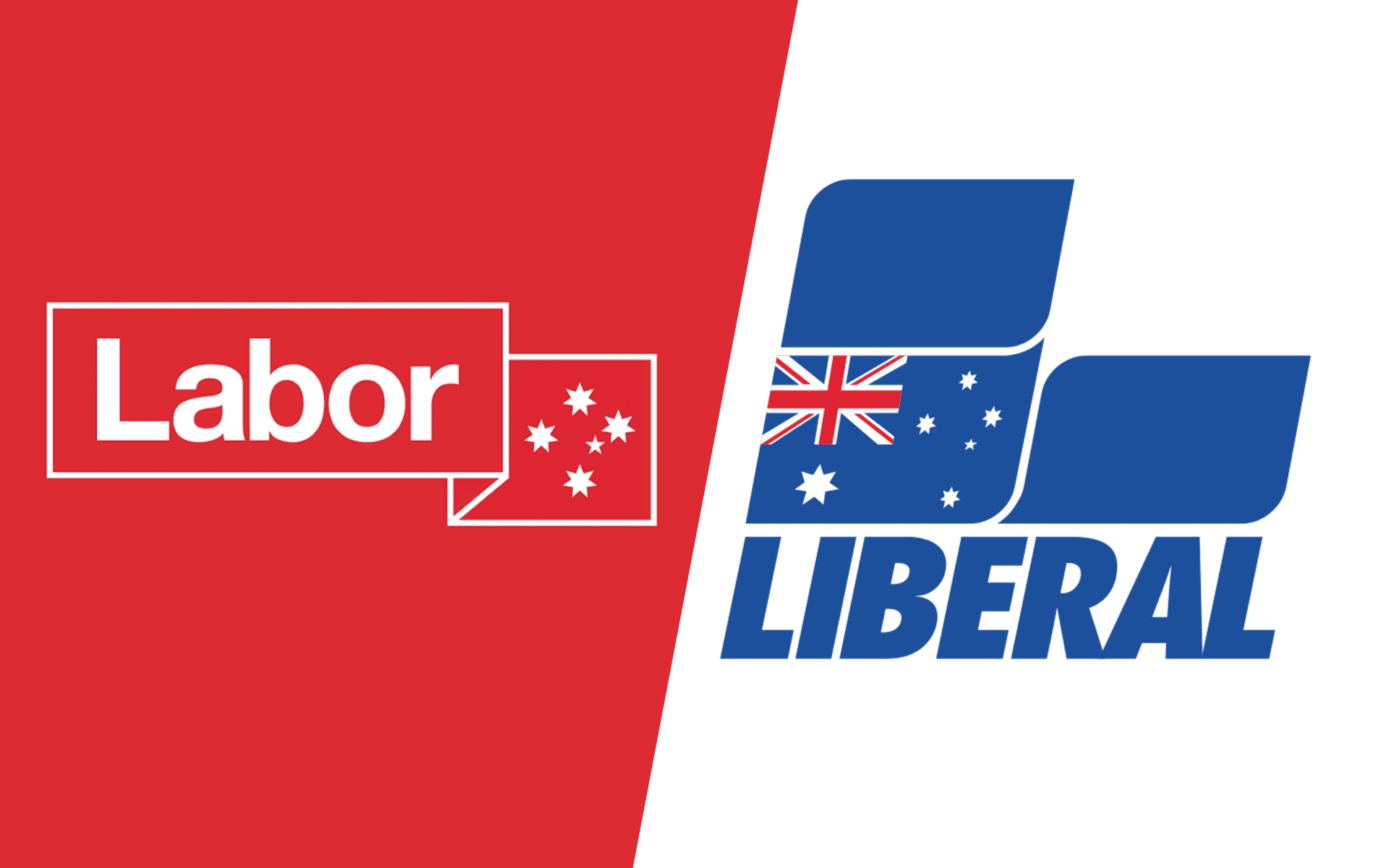Labor or Liberal, who would you vote for?
As the Federal Election is approaching, Liberal (the Coalition) and Labor are each promoting their policies to help property buyers – Liberal has their existing “Home Guarantee” scheme while Labor has their “Help to Buy” scheme. Both are aimed at assisting people to enter the more and more unaffordable property market.
Many investors are interested to know which party favours the housing market or property investment. Some have the perception that Liberal is more favourable for the investors. Is that true? Let’s see what data says.
Now we look back into the last 20 years and see if there’s any correlation between the party in power and house price growth & investor activities.
Price Growth and Affordability

In the above chart, it seems that house prices grew faster under the Liberal government than under the Labor government in the last two decades. Does that mean that Labor handles housing affordability better than the Liberal?
You won’t agree if you put the major property market events on the timeline.

The Australian property prices grew fast in the early 2000s due to fast population growth, the reduction in land release in many states, and the property sales CGT reduction introduced in 1999. Affordability became a problem during this decade.
To tackle the affordability issues, both the Labor and the Liberal government implemented multiple policies over the past decade or so, for example, limiting foreign investors’ activities and financially supporting first home buyers. However, these initiatives’ effects never last longer than two years before house prices rise strongly again.
If we exclude the COVID property boom from 2020 to 2021, the annual growth rate under the Liberal government from 2013 to2020 is 3.7% p.a., which is close to the figure (3.3%) over 2007-2013 under the Labor government.
The national price trend is not the only sample. We have more on the state level. The below charts show the house price growth trends of 4 states (NSW, VIC, QLD, SA) over the last two decades.




From these charts, it’s not hard to tell two facts:
1. The change of party does not affect the price trends.
· From 2010 to 2012, the house price in all four states experienced a slump and then recovery. During this period, Liberal took over the government of NSW and VIC while QLD and SA were always under the Labor government, yet the property market trends were the same.
· From 2012 to 2018, VIC, QLD, and SA all experienced a change of ruling parties. However, we don’t see bumps in their house price trendlines over the time of transition.
2. The house price growth can be faster/slower under either party.
· In NSW, house prices grew faster under the Liberal government.
· In VIC and QLD, house prices rose more quickly under the Labor governments.
· In SA, there are not many differences.
I believe now it’s fair to say that the party in power has nothing to do with price growth. Then how about investor activities?
Investor Activities
As a centre-right party, does the Liberal favour property investment more? Are property investors more active under the Liberal government?
Data does not show this. The chart below shows the new loan commitment values of property investors and owner-occupiers over the past two decades, as well as their ratio trend.

By merely looking at the ratio trendline, one can even infer that the Liberal government tends to suppress investor activities, and the Labor is in favour of investors, as opposed to the assumption.
However, if looking at the events at each significant turning point (eg. 2008, 2010, 2015, 2017, 2021), you’ll see that the government policies’ influence is much less than APRA’s regulation changes or RBA interest rate drops.
Labor or Liberal, it doesn’t matter.
What really matters is the underlying demand & supply.
We posted a blog a few months ago analysing what caused housing affordability, stating that the high demands are led by
· the consistently decreasing interest rates

· high population growth

· stable economy and household wealth growth


· favourable tax system (negative gearing, CGT discount, etc.)
· high loan to value ratio (up to95%)
· …
And the low supply is caused by
· the planning system that limits land release
· complicated rules that prevent property owners from keeping stock moving
· population concentration in the few major cities (72% of Australia’s population is concentrated in a few major cities).
· …
Any government policies that do not address the above issues will not make a significant difference to the property market. As of now we do not see either of the parties proposing any policy that would affect the property market more than the recent interest rise (look out for our whitepaper release on this!).
While the politicians are talking about policies, the InvestorKit team focus on the market demand and supply trends. No matter which party wins the Election, the market rules will not change – high or increasing demand-supply ratio is always in favour of value growth. If you are unsure which regions are enjoying a high demand-supply ratio, don’t hesitate to talk to us! Hit HERE to book your45-min FREE non-obligation consultation.
.svg)
